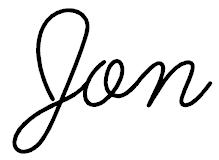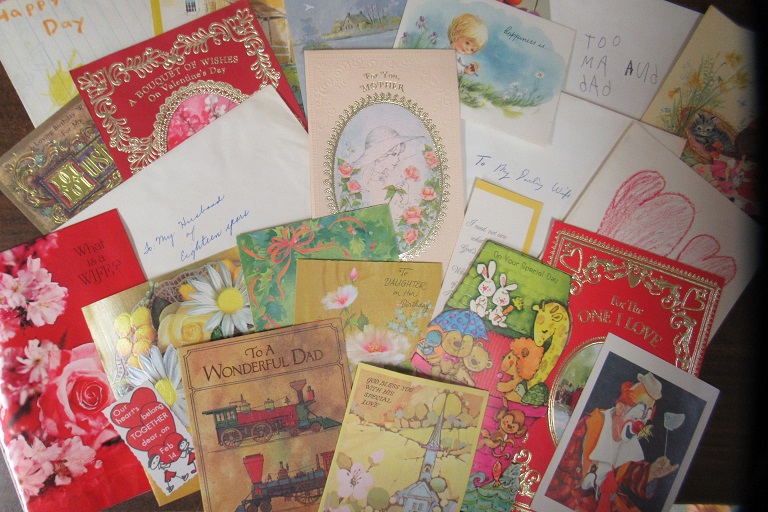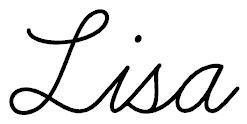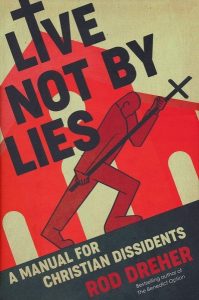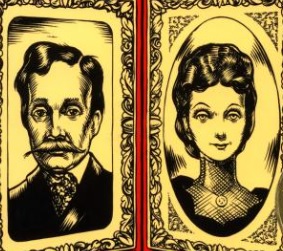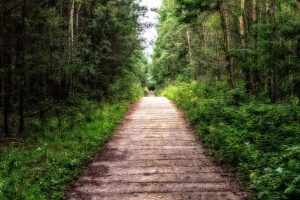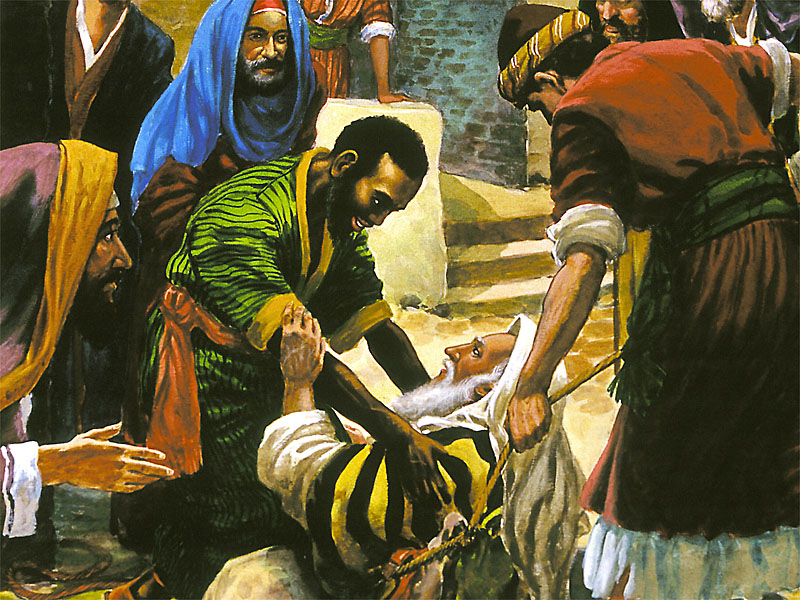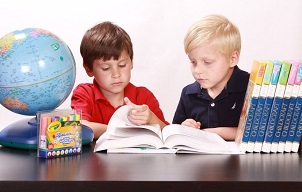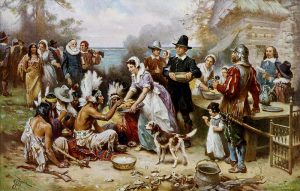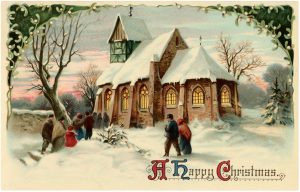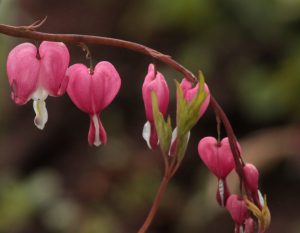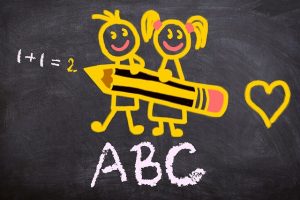My great-grandfather was a character. He never owned a car, instead riding a bicycle everywhere he went – even into his eighties, and even with a roller full of clams hung from each handlebar. By the time I came along, he was widowed, had outlived two of their children, and was living in a tiny one-room house decades before tiny houses became popular. He did all sorts of hard physical labor through his life – grave digging, blasting, quarrying, running a lobster pound, and more – to the point that the first knuckle of every finger had been broken at one time or another and never properly set, so each fingertip leaned over at an angle. He had survived multiple bouts of cancer on his lips; yet in all the times we visited him, I never heard him complain. What we did hear were his stories – so many stories of the past – and sometimes for a special treat, we’d hear his music. He played the fiddle, each one of those crooked fingers deftly holding the bow or pressing the strings. And he played the harmonica beautifully in spite of the lasting damage from his cancer treatments. He was a joy, and it came out as he played.
In contrast, I played clarinet in elementary school for two years, practicing little and wondering why I kept getting the third clarinet part. I briefly tried to learn piano when we were first married, but it didn’t come easily and I didn’t stick with it. After that whenever I was asked what I played, I jokingly shared of my expertise with the CD player’s “Play” button.
I never forgot Grampie Henry’s harmonica though. It always had a soft spot in my heart. And so this past summer, after having watched many members of the family branching out into numerous instruments over the years, I asked Lisa, “Do you think a harmonica would fit in?” She said she thought it might if I wanted to try it. So I took the plunge, buying an instructional book and DVD set plus a harmonica in the key of C major.*
I worked through the first five or six lessons from the book and DVD, enough to get the basics, but then wanted to move from its folk music focus over to hymns and Gospel songs. I’ve learned a lot and had a lot of fun with it over the past several months. And it’s been good to be learning something new and way outside my comfort zone, giving the children one more example that learning lasts a lifetime.
What have I learned so far? The harmonica is a great starter instrument. I’ve learned to sight-read notes in the treble staff from the B below middle C to the A above the staff. Since a standard harmonica is in the key of C major, I’ve learned to transpose songs to the key of C. (And I’ve compiled what I’ve learned about transposing into a printable Transposer tool, available here as a free PDF file. I use it myself whenever I want to learn a new song.) I’ve gone through our hymnbook, jotting down the hymns in each key that I’d like to learn how to play, so I’ve been able to identify the most common keys for the music I like. That’s important because the number of hymns in each key helps me decide what key of harmonica to buy next.
And the nice thing is that any song you can learn to play on a C harmonica, you can play in any other major key simply by using a harmonica in that key. For example, a couple of our daughters were working on “I’d Rather Have Jesus” on guitar and mandolin. I found some sheet music, transposed it down to C, then asked what key they were playing in. Since they were playing in G, I could join them (after considerable practice) using my G harmonica, reading the C sheet music and playing just as if I was using a C harmonica. The reed patterns in the different harmonica keys are designed so the player just uses the same pattern of notes for music in C, and the instrument plays the right notes for the desired key. More advanced players can use a single harmonica for multiple keys using a technique called “bending,” but I’m not there yet. I’m just enjoying playing music.
It’s good to keep learning. I often say that I’ve learned more of history and geography since we started homeschooling than I ever learned through my years of public school and university. Since getting married, I’ve had to learn about simple home maintenance, desktop publishing, graphic design, a touch of woodworking, a bit of appliance repair, and a lot more. And with the harmonica, I’ve been taking baby steps toward playing an instrument. I’d encourage you to continue learning and thereby cultivate a love of learning in your children. If you or your children have ever considered exploring music but haven’t acted on it, picking up a low-cost introductory harmonica kit – many come with a C major harmonica, book, and DVD – can be fairly inexpensive (under $20) and could be a lot more fun than you’d ever expected.**
Finally, just to whet your appetite a bit for how a harmonica – often thought of as a blues, folk, or jazz instrument – can fit into Gospel music, here’s Buddy Greene playing a soulful rendition of “He Leadeth Me.” (warning: This links to YouTube.) And just to show that it is possible to pick up an instrument in adulthood, here is an audio recording of me playing “Just As I Am”:
* Some prefer Hohner brand harmonicas, but after a fair amount of research, Lee Oskar looked like the best choice for me. His harmonicas have easily replaceable parts and plastic combs (rather than wood), so swelling from moisture shouldn’t be an issue. Plus, there are many keys available.
** My wife mentioned that another good, inexpensive introductory instrument is the recorder. It also gets players reading the treble staff and is simple to pick up and start learning. We have enjoyed using the Yamaha Soprano Recorder (key of C) and The New Nine-Note Recorder Method by Penny Gardner, which is easy for children to follow.
Copyright © 2019

